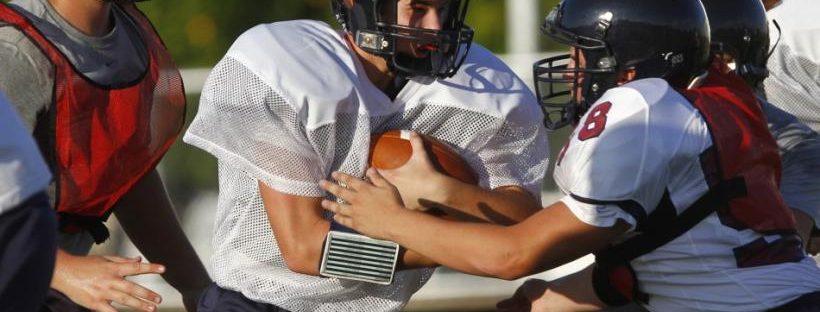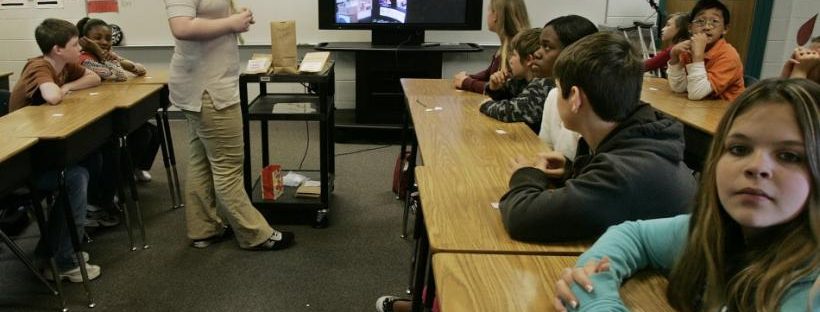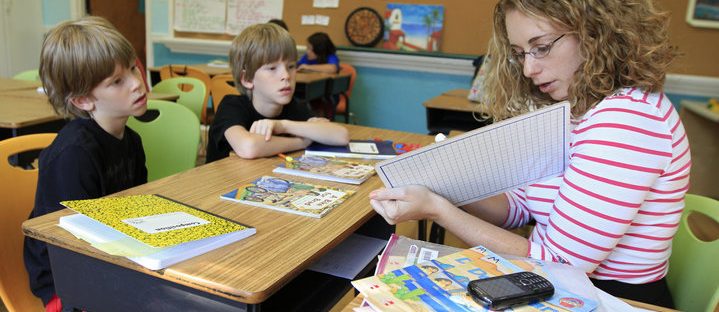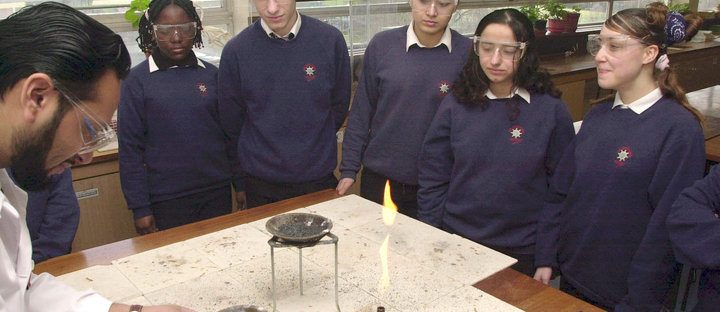Spending this fall for students K-12 is expected to drop 12%, according to a National Retail Federation survey reported in The Wall Street Journal. The average that will be spent on each kid is $634.78, down from $688.62 in 2012. Even those going to college are expecting decreases from $836.80 this year [compared to] $907.22 … Continue reading Back to School: It’s Make-It-or-Break-It Time for the Economy
Sequestration: Public-school Kids, Teachers the Big Losers
Here we are at the end of another school year, and, once again, teachers throughout the United States are facing uncertainty. Will they have a job next school year, and, if so, will their classroom balloon to unmanageable sizes? Congress has not acted, and now the impact of sequestration on federal educational programs is beginning … Continue reading Sequestration: Public-school Kids, Teachers the Big Losers
Kids Without Sports
Now that school is back in session, it is difficult for all of us who grew up with ample access to sports and the arts to see how our school systems have evolved and have practically eliminated the character-building program of sports participation. According to Yahoo!, in a study of 35,000 student athletes in Los … Continue reading Kids Without Sports
No School Left Behind
Now that we are entering another school year, it is hard to believe that our modern school system is less than 100 years old. According to Wikipedia, in 1900, out of 45 states, 34 had compulsory schooling laws for elementary education, of which only four were in the South. As a result, in 1910, 72% … Continue reading No School Left Behind
Step up to Our Teachable Moments
We are all teachers, whether we want to be or not. You are a teacher when you help your child take their first step. You are a teacher as a grandparent when you teach the grand kids how to make cookies. You are a teacher at work when you take a younger co-worker under your … Continue reading Step up to Our Teachable Moments
The Best Therapist You Ever Met
October is "Adopt-a-Pet-Shelter Month," and, as far as I am concerned, we should be celebrating this every month of the year. According to the Humane Society, animal shelters care for up to eight million dogs and cats every year and euthanize around four million animals. Today, there are more than 135 million dogs and cats … Continue reading The Best Therapist You Ever Met
Build It & They Will Learn
Last week the White House released their American Jobs Act proposal. Two ideas that caught my eye [were] preventing up to 280,000 teacher layoffs and modernizing at least 35,000 public schools by supporting new science labs, Internet-ready classrooms, and renovations at schools across the country in [both] rural and urban areas. No matter what your … Continue reading Build It & They Will Learn
We Are Forgetting About Our Kids
I don’t need to rehash what has been going on in Washington. The moves that were made with the most recent agreements, we are told, were made to protect our children and their future. I am more worried about protecting our children of today to make sure we don’t have a lost generation gliding through … Continue reading We Are Forgetting About Our Kids



